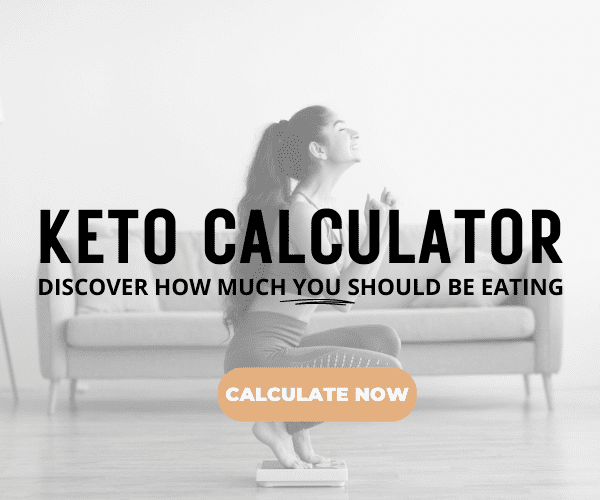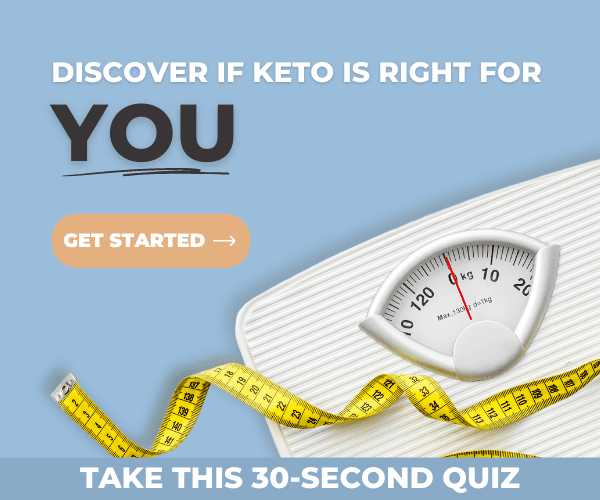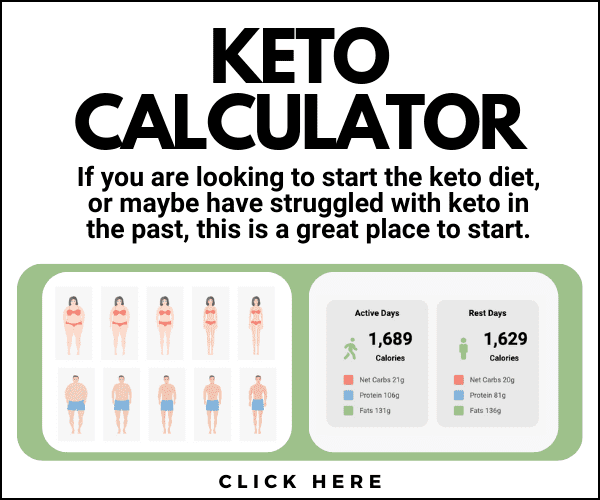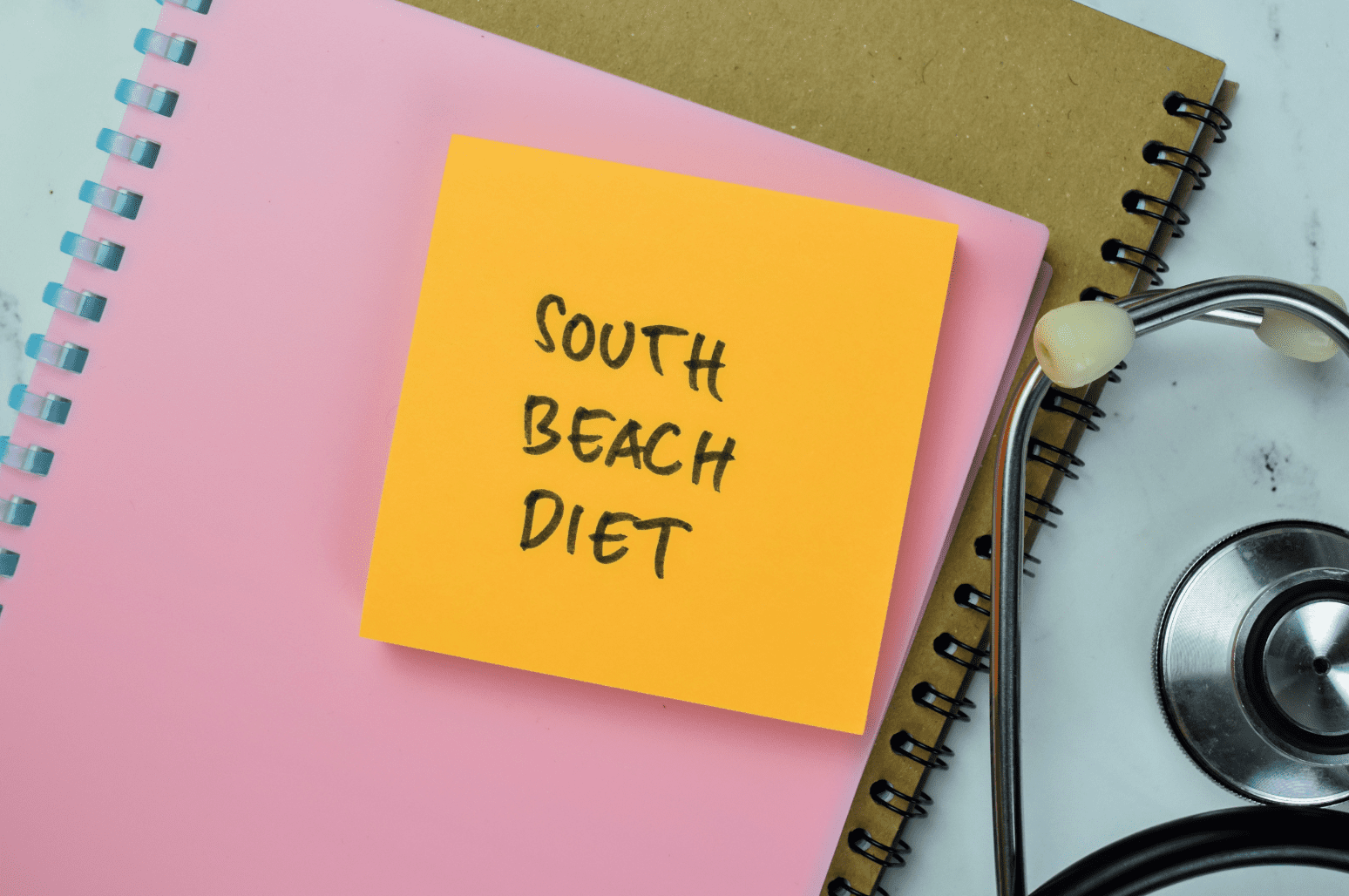
To understand what ketones, also called ketone bodies, are, and if they are dangerous, one must first understand what ketosis is. Ketosis is the genius invention our bodies have come up with to make sure that humans survived during times when there was no or little food available. This article will describe what ketosis is, when it occurs, and if ketones should be feared.
The Difference Between Physiological and Pathological Ketosis
It is important to distinguish between physiological and pathological ketosis. Physiological ketosis is a non-pathological (normal functioning) metabolic state with elevation of ketone bodies as a result from prolonged fasting, starvation, prolonged intensive exercise, when following a ketogenic diet, or when ingesting or infusing (intravenously) exogenous ketones. If ketosis is achieved by consuming a ketogenic diet or exogenous ketones, it is called nutritional ketosis. The definition of physiological ketosis is an increased concentration of ketone bodies in the blood to 0.5 mmol/L or above. [1] [2] [3]
In physiological ketosis, the concentration of ketone bodies in the blood reaches a maximum of approximately 6-7 mmol/L and does not change the blood’s pH. It is safe in the long-term and has therapeutic applications. [4] [5]
Pathological ketosis occurs when ketone metabolism is dysregulated and there is an abnormal elevation of ketone levels in the blood. This can be due to a defect in ketone clearance or an over production of ketones. The hormone insulin has antagonistic effects in the body; the opposing hormones are adrenaline, noradrenaline, and glucagon. Insulin is the main regulator that prevents blood glucose and blood ketone levels from rising too high. When insulin is absent (e.g. type 1 diabetes) or levels are very low, there is no antagonistic action to restrain the effect of the opposing hormones, which leads to a stimulation of lipolysis and an increased production of ketone bodies.
Pathological ketosis associated with untreated diabetes involves ketones bodies above 10-15 mmol/L. It leads to lower blood pH and ketoacidosis and is life-threatening, requiring immediate medical attention. [6]
Ketone Bodies Are Acids
Ketogenesis, which is the formation of ketones, is a metabolic pathway that produces the three ketone bodies: acetone, acetoacetic acid (AcAc), and beta-hydroxybutyrate (BHB), (all of which are water-soluble lipid molecules) by breaking down fatty acids. Because they are water-soluble, ketones do not require lipoproteins for transport and their solubility allows for transport through the body to various tissues where they are used as oxidative fuels. [7] [8] Ketone bodies are particularly used in tissues with a high level of activity, such as the central nervous system (CNS), heart, and muscle. [9]

In organic chemistry, ‘ketone’ is a name for a specific elemental structure. A ketone consists of a single bond to two CH3 or R groups with a double bond to an oxygen molecule. Only acetone is a ‘real ketone’ according to the classifications in organic chemistry. AcAc (3-oxo carboxylic acid) and BHB (3-hydroxybutyric acid) are hydroxyl-carboxylic or “keto-acids.” [10] Keto acids contain a carboxylic acid group and a ketone group. [11] The pKa values of AcAc and BHB are 3.6 and 4.7, respectively. The fact that AcAc and BHB are acidic is the reason that abnormally high levels in the blood can decrease blood pH and lead to ketoacidosis.
Ketone Bodies Are Produced in the Liver
During fasting, starvation, or prolonged intensive exercise, most precursors to ketone bodies are long-chain fatty acids (LCFA) released from adipose tissue by a decrease in blood glucose. On a ketogenic diet, LCFA from the diet are metabolized in the liver and converted to ketone bodies. [12] The supply of fatty acid precursors from the portal bed to the liver and the insulin and glucagon ratios in the portal bed are the primary regulators of ketogenesis. High levels of free fatty acids and glucagon stimulate, and insulin inhibits hepatic ketogenesis.
Ketogenic amino acids, in particular leucine form a small percent of the ketone pool (<10%). Fatty acids are oxidized in the mitochondria, producing high levels of acetyl-CoA that cannot be oxidized in the citric acid cycle. Excess acetyl-CoA is converted to AcAc and then to acetone and BHB. Ketone bodies cross the blood-brain barrier and are transported by monocarboxylic acid transporters to the brain’s interstitial compartments, glial cells, and neurons. In these tissues, ketone bodies act as a substrate in the citric acid cycle and the electron transport chain and contribute to brain metabolism. On a ketogenic diet, ketone bodies replace glucose as the main fuel for the brain. [13]
Beta-Hydroxybutyrate Is the Primary Ketone Body

During ketosis from fasting or when consuming a ketogenic diet, medium chain triglycerides (MCT), or BHB salts, BHB is the primary ketone body in circulation and the most stable. BHB/AcAc ratios vary from 2:1 to 4:1, but are usually approx. 3:1. Approximately 15-20% AcAc spontaneously decarboxylates to acetone. [14]
When measuring levels of ketosis, BHB is predominantly the ketone body used. AcAc is more unstable, and measurements need to be done the same day as the blood draw and on fresh blood. BHB exists as 2 isomers (enantiomers), D-BHB and L-BHB. It has traditionally been assumed that D-BHB was the only isomer biologically active and present. Several studies have reported that L-BHB is present in various amounts in various tissues and can be metabolized, probably at a slower rate, and converted to D-BHB. [15] [16] [17] Many measuring methods only measure D-BHB, which can be problematic.
Why Ketones Are Not Dangerous
Ketones are not dangerous, and ketosis is a natural metabolic state that has helped humans survive when food was sparse. Our body’s system uses opposing hormones to dictate when energy will be be stored as fat in our adipose tissue for later use and when the fat stores should be broken down to produce energy for the body.
As long as the hormone insulin is present in the circulation, ketone levels will be regulated and reach a maximum of approximately 6-7mmol/L. This is not enough to lower blood pH and cause ketoacidosis. Insulin production needs to be substantially reduced or lacking, e.g., in type 1 diabetes or unregulated type 2 diabetes, or there needs to be a problem with ketone clearance for ketoacidosis to occur. Even with type 1 or type 2 diabetes, the ketogenic diet should not be feared. It can be an effective part of the diabetes treatment and the diet can reduce the risk of many diabetes-related complications, helping to improve glycemic control and ultimately lower medication and insulin dosages.
References
Volek JS, Noakes T, Phinney SD. Rethinking fat as a fuel for endurance exercise. Eur J Sport Sci [Internet]. 2015;15(1):13–20. Available from: http://dx.doi.org/10.1080/17461391.2014.959564
Volek JS, Phinney SD. The Art and Science of Low Carbohydrate Performance. Beyond Obesity LLC; 2012.
Gershuni VM, Yan SL, Medici V. Nutritional Ketosis for Weight Management and Reversal of Metabolic Syndrome. Curr Nutr Rep [Internet]. 2018 Sep 20;7(3):97–106. Available from: http://link.springer.com/10.1007/s13668-018-0235-0
Dashti HM, Mathew TC, Hussein T, Asfar SK, Behbahani A, Khoursheed MA, et al. Long-term effects of a ketogenic diet in obese patients. Exp Clin Cardiol [Internet]. 2004;9(3):200–5.
Herrero JR, Villarroya EC, Peñas JJG, Alcolea BG, Fernández BG, Macfarland LAP, et al. Safety and effectiveness of the prolonged treatment of children with a ketogenic diet. Nutrients. 2020;12(2):1–15.
Green A, Bishop RE. Ketoacidosis–Where Do the Protons Come From? Trends Biochem Sci [Internet]. 2019;44(6):484–9. Available from: https://doi.org/10.1016/j.tibs.2019.01.005
Cantrell C, Mohiuddin S. Biochemistry, Ketone Metabolism [Internet]. StatPearls, Treasure Island (FL): StatPearls Publishing. 2021 [cited 2021 May 28]. Available from: https://www.ncbi.nlm.nih.gov/books/NBK554523/
Dhillon KK, Gupta S. Biochemistry, Ketogenesis [Internet]. StatPearls, Treasure Island (FL): StatPearls Publishing. 2021 [cited 2021 May 28]. Available from: https://www.ncbi.nlm.nih.gov/books/NBK493179/
Møller N. Ketone Body, 3-Hydroxybutyrate: Minor Metabolite - Major Medical Manifestations. Journal of Clinical Endocrinology and Metabolism. 2020;105(9):2884–92.
Hsieh CL, Koga R, Furusho A, Akita T, Mita M, Ide T, et al. Enantioselective and simultaneous determination of lactate and 3-hydroxybutyrate in human plasma and urine using a narrow-bore online two-dimensional high-performance liquid chromatography system. J Sep Sci. 2018;41(6):1298–306.
Klinger FD, Ebertz W. Oxocarboxylic Acids. In: Ullmann’s Encyclopedia of Industrial Chemistry. Wiley-VCH, Weinheim; 2005.
Lima P, Sampaio L, Damasceno N. Neurobiochemical mechanisms of a ketogenic diet in refractory epilepsy. Clinics. 2014;69(10):699–705.
Lutas A, Yellen G. The ketogenic diet: metabolic influences on brain excitability and epilepsy. Trends Neurosci. 2013 Jan;36(1):32–40.
Cahill GF, Aoki TT. Alternate Fuel Utilization by Brain. In: Passonneau J V., Hawkins RA, Lust WD, Welsh FA, editors. Cerebral Metabolism and Neural Function. WILLIAMS & WILKINS, Baltimore/London; 1980. p. 234–42.
Lincoln BC, Rosiers C Des, Brunengraber H. Metabolism of S-3-hydroxybutyrate in the perfused rat liver. Arch Biochem Biophys. 1987;259(1):149–56.
Tsai YC, Liao TH, Lee JA. Identification of L-3-hydroxybutyrate as an original ketone body in rat serum by column-switching high-performance liquid chromatography and fluorescence derivatization. Anal Biochem. 2003;319(1):34–41.
Webber RJ, Edmond J. Utilization of L(+) 3 hydroxybutyrate, D(-) 3 hydroxybutyrate, acetoacetate, and glucose for respiration and lipid synthesis in the 18 day old rat. Journal of Biological Chemistry. 1977;252(15):5222–6.










